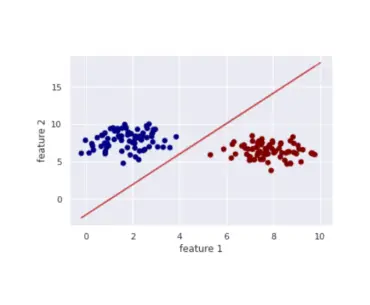…
In this tutorial, we will learn how to import existing files into our current working project using Pandas. We will also learn how to work with file formats like CSV (Comma Separated Values), Excel, and JSON (JavaScript Object Notation).
In this tutorial you will learn more about different operations with Pandas. You will see different techniques on how to handle missing data, and combine different datasets. Then finally, about groupby functions and computing function like aggregate, apply, filter and transform.
In this post, we will talk about the essential concepts in the library Pandas. We will see that it is a continuation of the NumPy post.
It’s one of the most important libraries used for data processing, efficient storage, and manipulation of densely typed arrays in Python. Without further ado, let’s start!.
In today’s tutorial, we will learn about some fundamental concepts behind the Python programming language such as Python data types along with some examples. You will also learn about Loops with Python, Condition statements, Functions, Little notes (comments), Classes, and Error handling.
In today’s tutorial, we will work you through a brief introduction into what Python is about, what you can do with it and why it’s so popular now. We will also explore why it’s the preferable language for Data Science, and Lastly how to install it on your machine.
In this tutorial, we will grasp this fundamental concept of what Logistic Regression is and how to think about it. We will also see some mathematical formulas and derivations, then a walkthrough through the algorithm’s implementation with Python from scratch. Finally, some pros and cons behind the algorithm.









